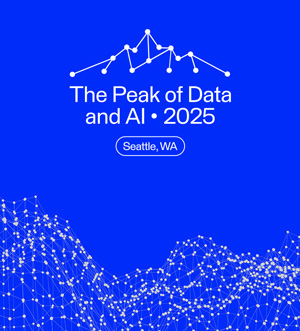This work was done in collaboration with Safe Software partner Norkart.

The Peak of Data and AI 2025
Join us May 6-8 in Seattle, WA to learn from the top data experts, see FME in action and get inspired on your data journey.
View Key Announcements


This work was done in collaboration with Safe Software partner Norkart.

Oil spills can be catastrophic to nature. Depending on where one occurs, it can take ten to fifty years before the environment recovers. NEA and UNEP-WCMC believe the best defence is prevention and emergency response preparedness.
NEA and UNEP-WCMC built a tool to help Oil for Development partner countries identify sensitive environmental assets and reduce risk from industrial operations. The tool functions as open software so that multiple countries and stakeholders can use it.
Since resources within partner countries can be limited, it was critical to have a solution easily deployed across multiple machines. Python coding is too manual, and not everyone has access to a developer. They needed a no-code solution that could also handle massive amounts of spatial data and automate transformation and quality control processes.
NEA and UNEP-WCMC developed MESA (Mapping Environmentally Sensitive Assets), a tool that provides a step-by-step protocol for developing an environmental sensitivity atlas. The atlas can be used by organizations and individuals, and can support strategic planning, project management and emergency response initiatives.
Behind MESA, FME manages the flow of data. Safe Software partner, Norkart, provided FME licenses and offered technical support to develop the tool. It only takes minutes to deploy FME on any machine, and users can load their spatial datasets and score assets without ever needing to code. FME automatically QC’s the submitted information and outputs it as a spatial grid containing the sensitivity scores. Automating the data process with FME reduces analysis time and the risk of manual errors.
The result is a complete environmental sensitivity atlas used to manage sectors and ensure consistent decision-making, such as oil spill preparedness or requirements placed upon the companies operating within an area. With open and transparent data available to all, the environment is better protected against pollution and degradation. Governments can identify areas most sensitive to a given pressure and support the prioritization of biodiversity protection or clean-up efforts.